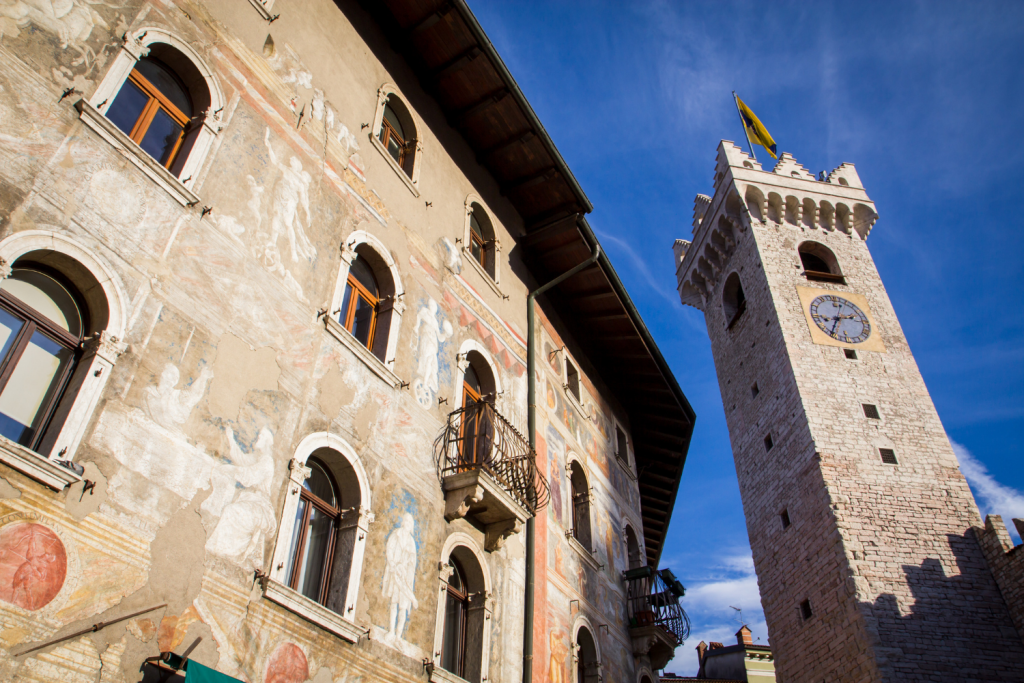By Pascal Liévaux
The Council of Europe Convention on the Value of Cultural Heritage for Society, or Faro Convention (October 2005), considers tangible and intangible heritage in its broadest sense and from its most interdisciplinary angle and supplements, at European level, the multilateral instruments developed by UNESCO at the beginning of the 21st century at global level, namely the Conventions for the Safeguarding of the Intangible Cultural Heritage (2003) and on the Protection and Promotion of the Diversity of Cultural Expressions (2005).
The three texts differ, first of all, in terms of their scope; the first dealing with cultural heritage in its broadest and most cross-sectoral sense, the second with intangible heritage and the third primarily with creative activity. However, the Faro Convention mainly stands out on account of its profoundly original nature, involving a dynamic and novel approach under which, for the first time, individuals rather than objects are central to heritage action.

Beyond the issues of conservation and the various protection mechanisms required, it is the “value”, in particular the social value, of cultural heritage which the convention highlights by forging two innovative and open concepts. The first is the “right to cultural heritage”, under which heritage gives rise to individual rights, without having to be defined beforehand. The second is the concept of “heritage community”, which can include widely varying numbers of individuals and enables citizens to be fully involved in building Europe’s common heritage.
Civil society is therefore called on to take part, in partnership with the public authorities, in each stage of the process, from identification through to interpretation. Under the Faro Convention, the involvement of civil society is seen as an essential aspect of the diversity of cultural heritage, the plurality of interpretations of it and the democratisation of access to it, in particular through education and new technologies.

This is a requirement for the emergence of a sense of individual and collective responsibility for heritage, which offers the only real guarantee of its long-term survival, diversity and vitality. It is also on this basis that heritage will contribute to the quality of life, sustain contemporary creative activity and foster economic dynamism. That leaves the task of developing the arrangements and building the machinery for this joint action by civil society and the authorities, citizens and experts. This comprehensive, new approach to heritage, its contribution to society and the values it conveys is part of a development project geared towards both cultural diversity and sustainable management. It is therefore based on the same spirit as the UNESCO conventions, with which it interacts effectively to help make culture a driving force for dialogue, democracy and peace.

Reference: Heritage and Beyond, Council of Europe Publishing 2009

